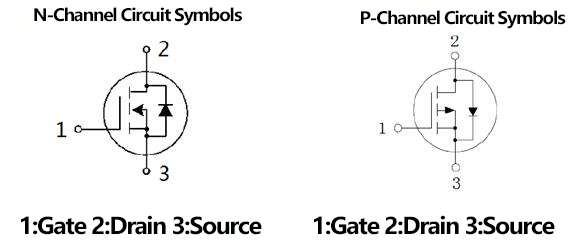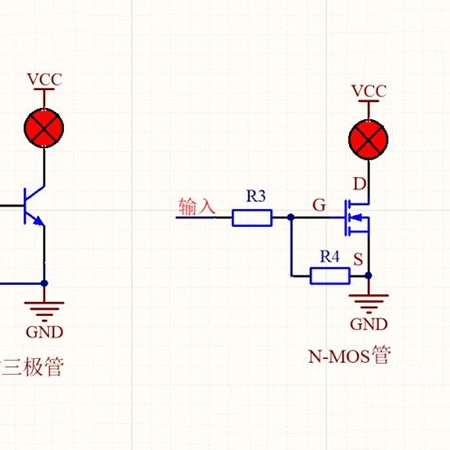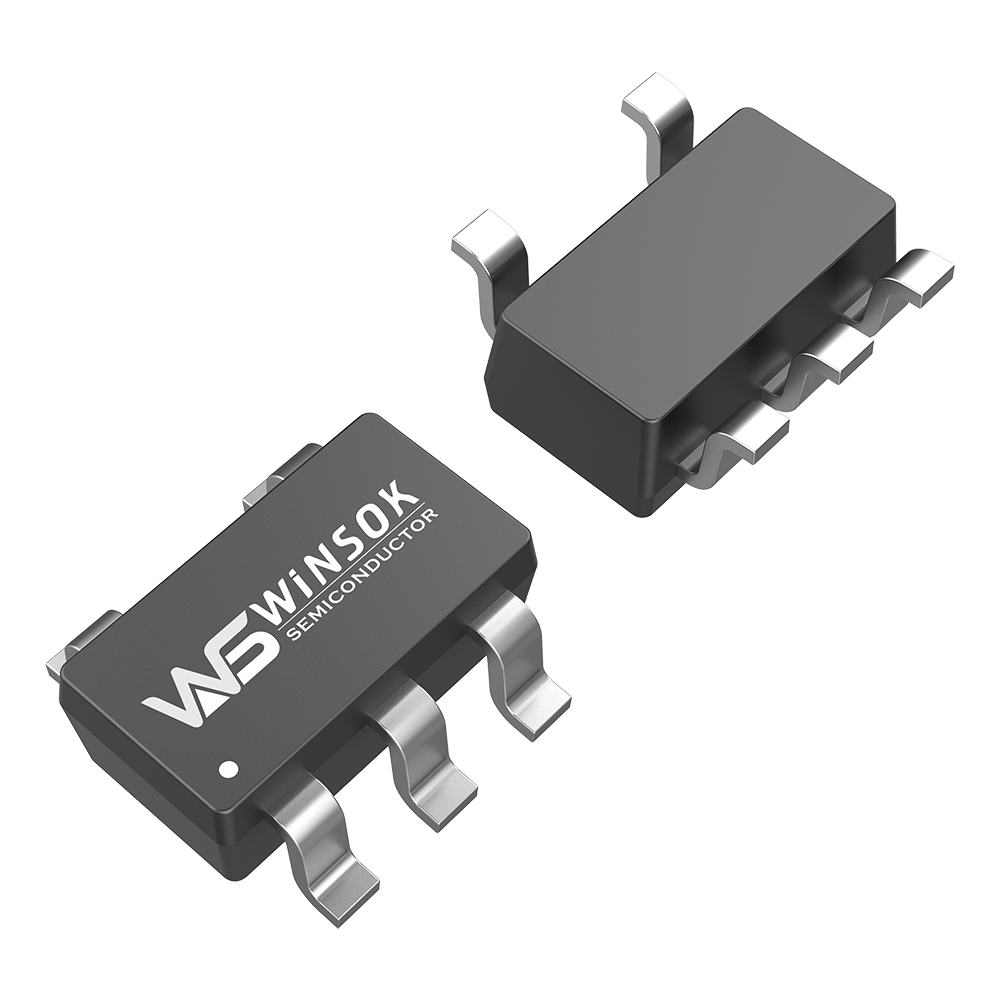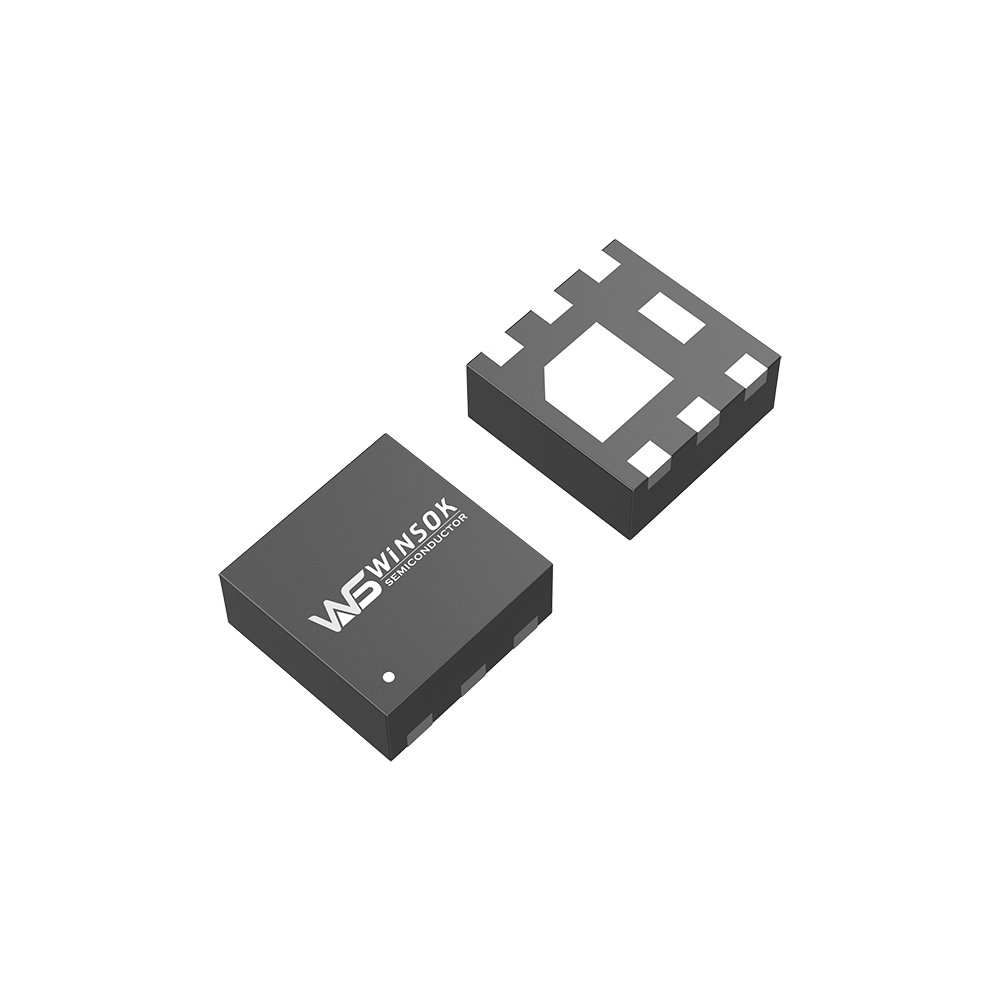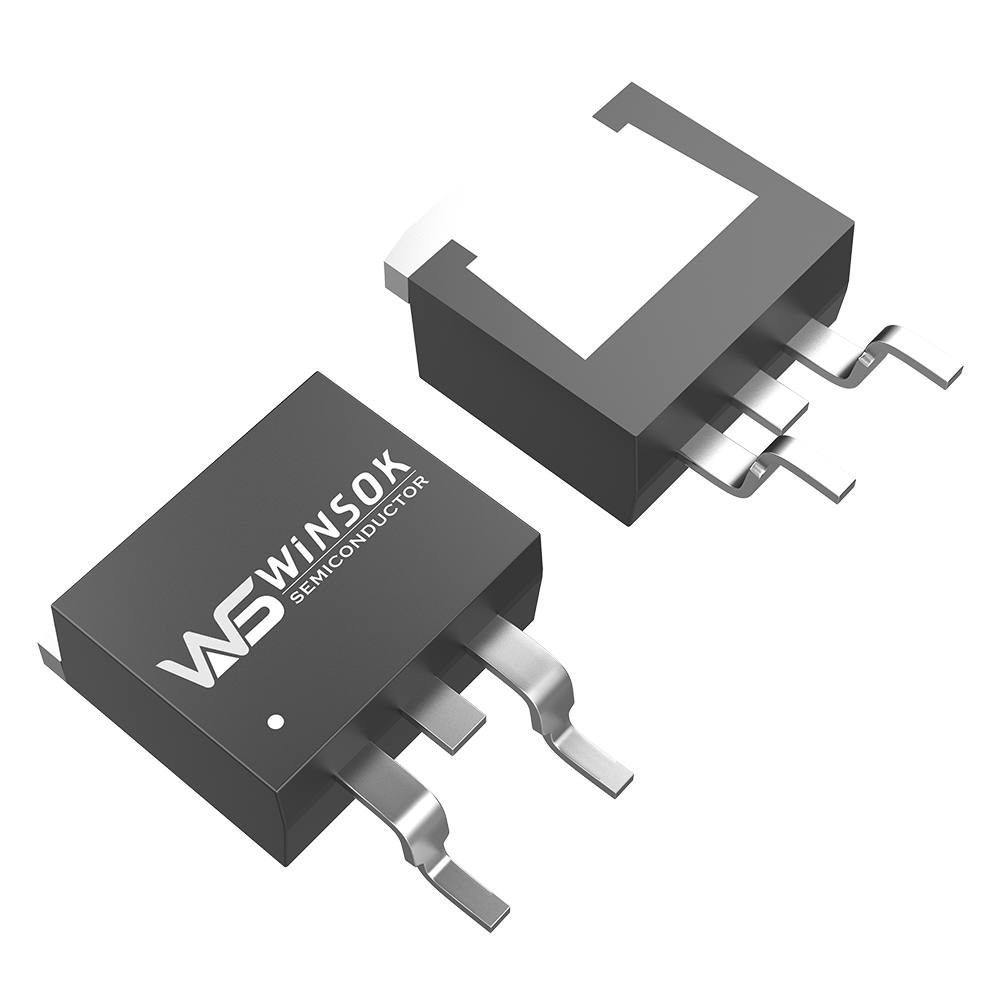MOSFETs play a role in switching circuits is to control the circuit on and off and signal conversion.MOSFETs can be broadly divided into two categories: N-channel and P-channel.
In the N-channel MOSFET circuit, the BEEP pin is high to enable the buzzer response, and low to turn off the buzzer.P-channel MOSFET to control the GPS module power supply on and off, GPS_PWR pin is low when on, GPS module is normal power supply, and high to make the GPS module power off.
P-channel MOSFET in the N-type silicon substrate on the P + region has two: drain and source. These two poles are not conductive to each other, when there is enough positive voltage added to the source when grounded, the N-type silicon surface below the gate will emerge as a P-type inverse layer, into a channel connecting the drain and source. Changing the voltage at the gate changes the density of holes in the channel, thus changing the channel resistance. This is called a P-channel enhancement field effect transistor.
NMOS characteristics, Vgs as long as greater than a certain value will be on, applicable to the source grounded low-end drive case, provided that the gate voltage of 4V or 10V on the line.
The characteristics of PMOS, contrary to NMOS, will turn on as long as Vgs is less than a certain value, and it is suitable for use in the case of high end drive when the source is connected to VCC. However, due to the small number of replacement types, high on-resistance and high price, although PMOS can be very conveniently used in the case of high-end drive, so in the high-end drive, generally still use NMOS.
Overall, MOSFETs have high input impedance, facilitate direct coupling in circuits, and are relatively easy to fabricate into large-scale integrated circuits .
